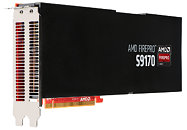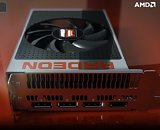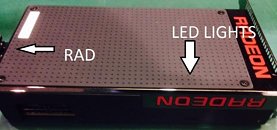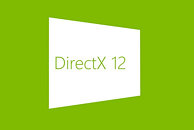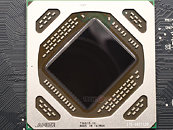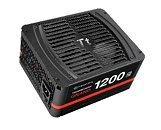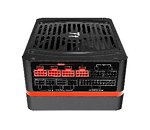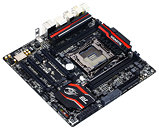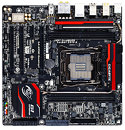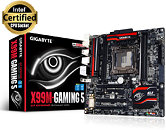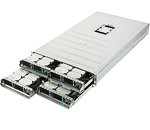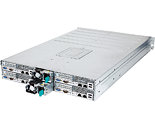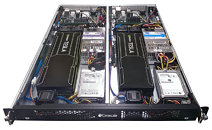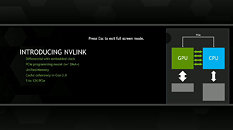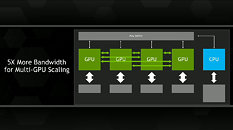
AMD Expands Embedded Graphics Lineup
AMD today announced multiple new discrete AMD Embedded Radeon graphics options suitable for multiple form factors. The suite of products is specifically designed to advance the visual and parallel processing capabilities of embedded applications. The graphics cards represent continued AMD commitment to embedded market innovation, providing engineers with more choices to achieve their design goals, from leading performance to energy efficiency.
The new offerings cover a broad range of needs, from 192 GFLOPS to 3 TFLOPS of single precision performance, and from 20 to less than 95 watts of thermal design power. The products are offered as a Multi-Chip Module (MCM), Mobile PCI Express Module (MXM) and PCIe options, with AMD offering the only MCM solutions. All of these products offer extended support and longevity. The new discrete graphics cards offer the right balance of performance, power and graphics memory size, to meet the needs of most customers.
"The demand for rich, vibrant graphics in embedded systems is greater than ever before, and that demand is growing," said Scott Aylor, corporate vice president and general manager, AMD Embedded Solutions. "Our latest additions to the embedded product lineup help designers build mesmerizing user experiences with 4K multi-screen installations and 3-D and interactive displays. In addition, the powerful capabilities of our GPUs can address the toughest parallel compute challenges."
The new offerings cover a broad range of needs, from 192 GFLOPS to 3 TFLOPS of single precision performance, and from 20 to less than 95 watts of thermal design power. The products are offered as a Multi-Chip Module (MCM), Mobile PCI Express Module (MXM) and PCIe options, with AMD offering the only MCM solutions. All of these products offer extended support and longevity. The new discrete graphics cards offer the right balance of performance, power and graphics memory size, to meet the needs of most customers.
"The demand for rich, vibrant graphics in embedded systems is greater than ever before, and that demand is growing," said Scott Aylor, corporate vice president and general manager, AMD Embedded Solutions. "Our latest additions to the embedded product lineup help designers build mesmerizing user experiences with 4K multi-screen installations and 3-D and interactive displays. In addition, the powerful capabilities of our GPUs can address the toughest parallel compute challenges."



